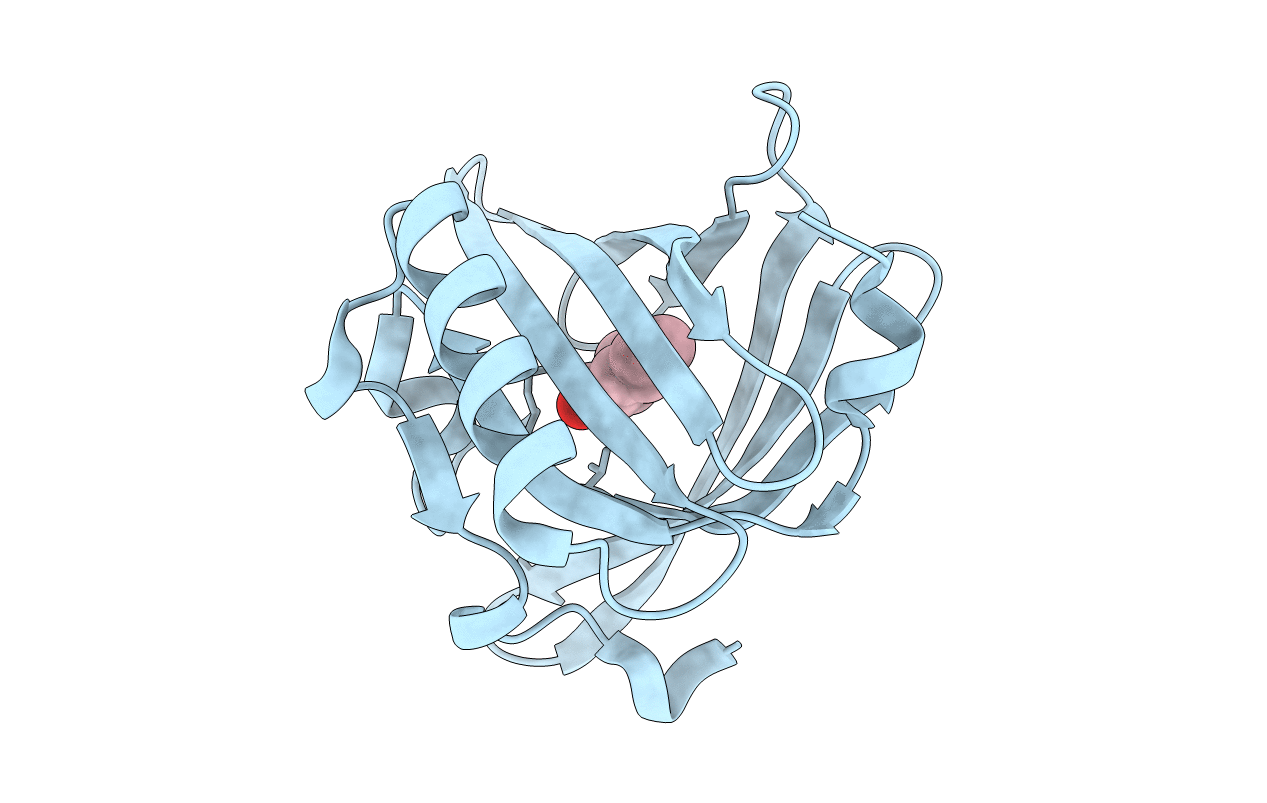
Deposition Date
2009-10-27
Release Date
2010-06-16
Last Version Date
2024-11-27
Entry Detail
PDB ID:
3KFH
Keywords:
Title:
Major mouse urinary protein IV complexed with 2-ethylhexanol
Biological Source:
Source Organism:
Mus musculus (Taxon ID: 10090)
Host Organism:
Method Details:
Experimental Method:
Resolution:
1.02 Å
R-Value Free:
0.16
R-Value Observed:
0.13
Space Group:
P 21 21 21


